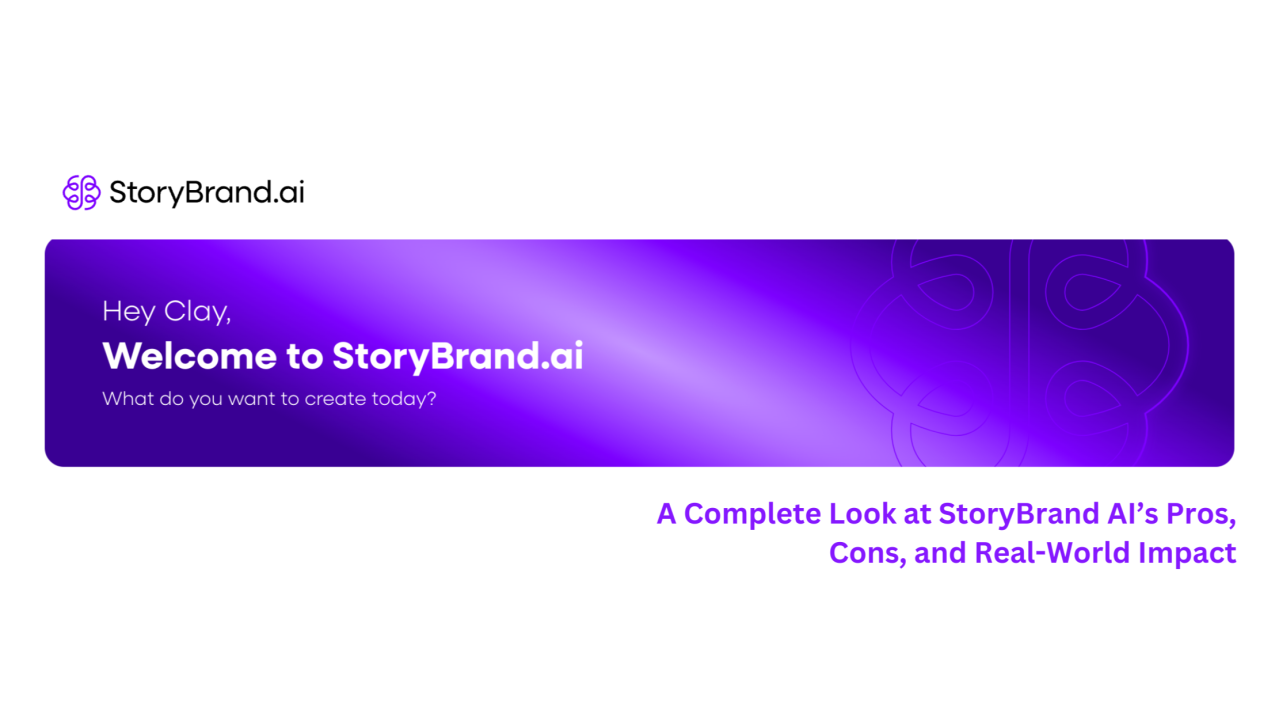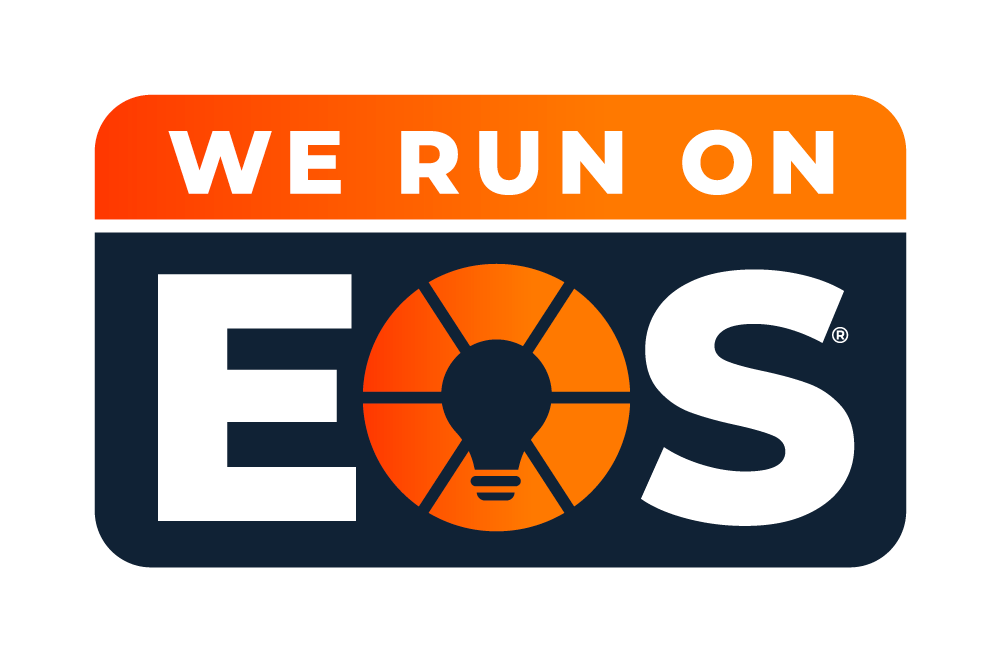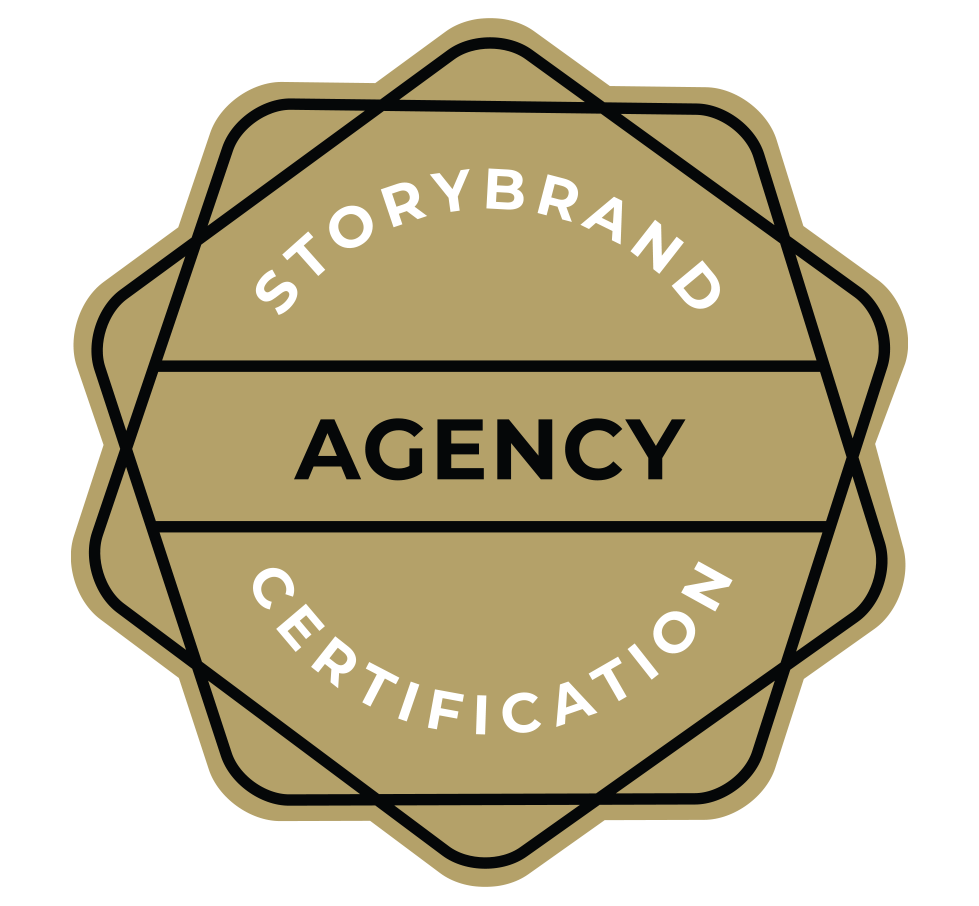A confused or unclear message is virtually invisible in today’s competitive market, where countless businesses compete for customer attention. Even the best products or services can go unnoticed if their benefits aren’t communicated simply, directly, and in a customer-focused manner.
This is where storytelling shines. Humans are wired to connect with narratives, and Donald Miller’s StoryBrand methodology is one of the most effective frameworks for crafting clear, compelling brand messages. By positioning your customer as the hero and your business as their guide, StoryBrand helps you structure messaging that resonates.
However, applying this framework consistently can be challenging, especially if you’re juggling multiple tasks or lack a full marketing team. That’s where StoryBrand AI steps in—a tool designed to streamline this process and help you create customer-centric marketing messages faster and more effectively. Whether you’re a seasoned StoryBrand user or entirely new to the concept, this blog will show you how StoryBrand AI can transform your brand’s communication strategy.
What Is StoryBrand AI?
StoryBrand AI is an advanced writing tool that automates the StoryBrand framework, helping businesses craft marketing copy rooted in Donald Miller’s seven-part structure:
- Character (Your Customer)
- Problem (Their Challenge)
- Guide (Your Role)
- Plan (Steps to Solve Their Problem)
- Call to Action
- Failure (What They Avoid)
- Success (What They Gain)
How It Works:
- Input: Provide details about your business, such as customer pain points or product details.
- Processing: The AI, built on StoryBrand principles, creates content with the customer’s perspective in mind.
- Output: Receive brand scripts, marketing emails, or campaign assets that align with the StoryBrand framework.
This ensures your messaging stays customer-focused without constant reminders—a huge benefit for small teams or businesses without a dedicated copywriter.
Who Should Use StoryBrand AI?
Best Fit:
- Entrepreneurs and Small Businesses: Ideal for startups or businesses under $1M in revenue, this tool simplifies creating compelling marketing assets without hiring a full team.
- Marketers and Agencies: For professionals juggling multiple clients or campaigns, StoryBrand AI speeds up the creation of cohesive, on-brand messaging.
- Coaches, Consultants, and Solopreneurs: Perfect for those selling expertise, helping clarify your customer’s journey and the transformation you provide.
- E-commerce Owners: Use it to craft product descriptions, email campaigns, and landing pages that connect emotionally with customers.
Who Might Skip It:
- Established Businesses with Complex Strategies: Larger brands may need a certified StoryBrand expert to ensure nuanced messaging.
- Highly Regulated Industries: Compliance-heavy fields require additional oversight beyond AI-generated content.
- Brands with Unique or Edgy Voices: While the AI can mimic different tones, it might not fully capture unconventional styles.
StoryBrand AI vs. ChatGPT
Similarities:
- Both use AI to generate text based on prompts.
Key Differences:
- StoryBrand AI: Specialized for creating customer-centric, story-driven content.
- ChatGPT: Offers more general applications but lacks built-in storytelling structure.
Tip: Use StoryBrand AI for clarity and structure, then leverage ChatGPT for expansions or tonal variations.
Pros and Cons of StoryBrand AI
Major Benefits:
- Built-in StoryBrand Structure: Ensures every piece of content aligns with the framework.
- Time-Saving: Ideal for small teams or busy marketers.
- Empathy and Authority: Helps craft content that resonates emotionally while building trust.
- Consistent Messaging: Unifies brand voice across multiple campaigns.
- Beginner-Friendly: No need for extensive marketing knowledge to get started.
Potential Drawbacks:
- Over-Reliance on AI: Final polishing still requires human insight.
- Risk of Generic Outputs: Ensure prompts are detailed to avoid cookie-cutter results.
- Character Limitations: Complex inputs may need to be broken into smaller prompts.
Best Practices for Using StoryBrand AI
- Understand the Framework: Familiarize yourself with StoryBrand’s key principles.
- Start with Clear Inputs: Define your customer’s pain points and goals before generating content.
- Refine Outputs: Use AI drafts as a starting point and tweak them to reflect your unique brand voice.
- Test and Iterate: Continuously improve messaging based on real-world results.
Real-World Example: StoryBrand AI in Action
Meet Caroline
Caroline runs a small marketing agency. She uses StoryBrand AI to launch a seafood restaurant campaign:
- Input: Families seeking affordable, high-quality seafood.
- Output: A cohesive brand script highlighting customer desires, concerns, and a simple action plan.
- Result: Consistent messaging across the restaurant’s website, ads, and menus—saving time and impressing clients.
Conclusion
StoryBrand AI bridges the gap between powerful storytelling and efficient content creation. Focusing on your customer’s journey helps deliver clear, compelling messaging that resonates with your audience.
Take Action:
- Identify a marketing challenge to solve.
- Input customer-focused details into StoryBrand AI.
- Review, refine, and launch your campaign.
With thoughtful input and human oversight, StoryBrand AI can help you stand out in a crowded marketplace, driving real business growth.
Ready to Transform Your Messaging with StoryBrand?
At Good Agency, we’re experts in crafting clear, compelling brand narratives that drive results. Whether you’re looking to refine your message, build a cohesive marketing strategy, or amplify your impact, our team of StoryBrand Certified Guides is here to help.
Don’t leave your brand story to chance—partner with professionals who can make your customers the heroes.
Schedule a call with Good Agency today and take the first step toward messaging clarity and business growth.







